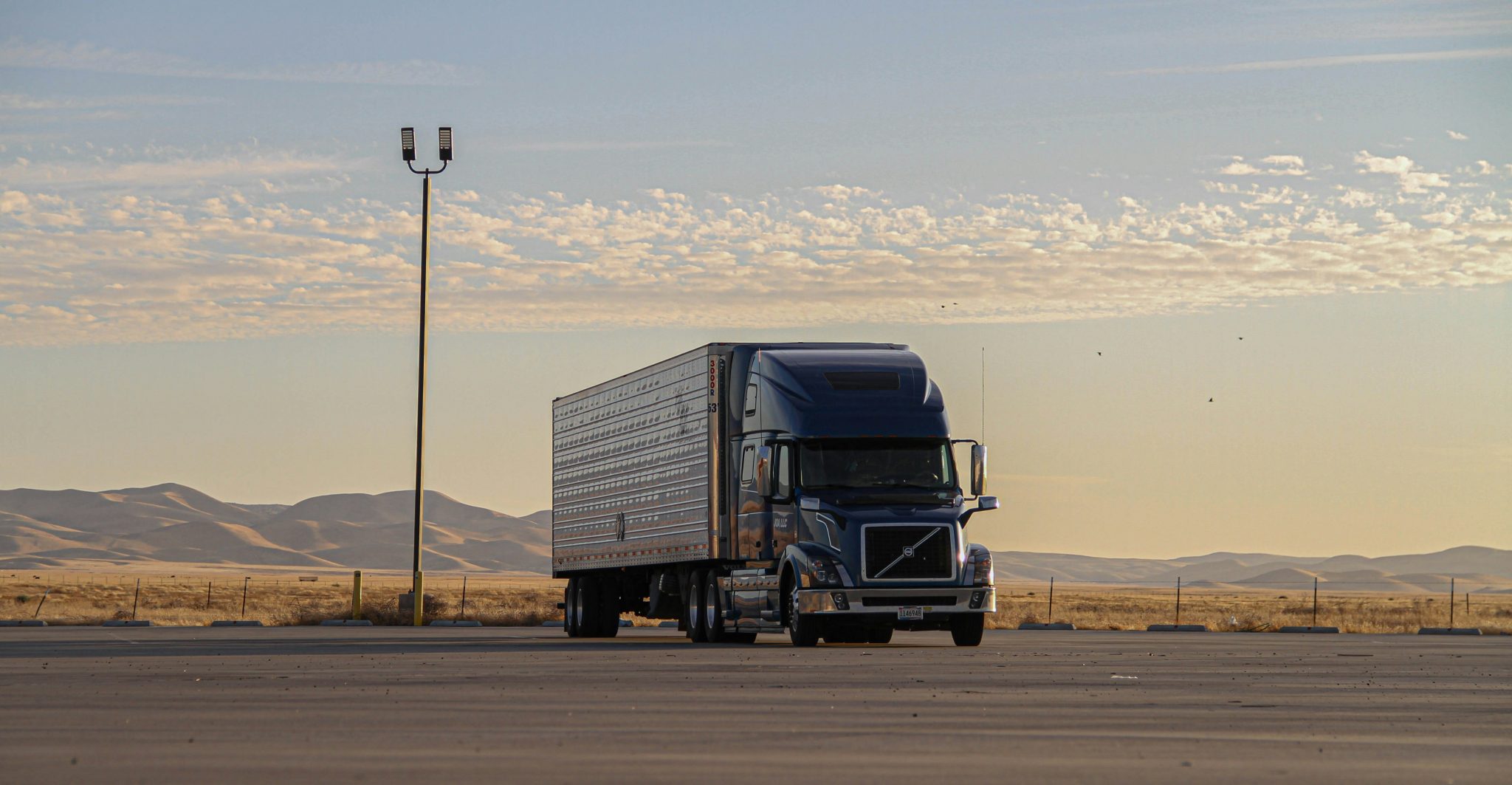Prologis is a logistics real estate company that operates millions of square feet of distribution centers across California’s Central Valley. This vital freight corridor keeps supply chains moving for some of the biggest names in retail and e-commerce. With rapid growth in warehousing, shifting labor markets, and evolving freight routes, Prologis needed to stay ahead of potential freight bottlenecks that could impact tenant operations and regional network efficiency.
To address these challenges, they set out to gain a clearer, data-driven understanding of how goods and workers move through this critical region. By uncovering hidden inefficiencies and pinpointing opportunities for smarter investments, Prologis sought to make informed decisions that would support resilient, cost-effective supply chain operations for years to come.
The Challenge
As Prologis expanded its operations in California’s Central Valley, the stakes grew higher for ensuring its facilities were supported by efficient, resilient transportation networks. But traditional planning tools and regional travel models were not equipped to capture the unique movement patterns of modern logistics parks. The region’s standard models lacked the detail needed to represent where trucks originate and where they go, how labor markets connect to warehousing clusters, or how freight activity shifts over time—insights that are essential for data-driven planning and investment decisions.
Meanwhile, external changes were accelerating. E-commerce growth, policy shifts like California’s Advanced Clean Trucks regulations, and an influx of new tenants meant more trips, more trucks, and greater scrutiny on how traffic flows impact surrounding communities.
Prologis needed defensible answers to big questions: Which road improvements would deliver the greatest return? Where should new infrastructure, such as interchanges or EV charging, go to unlock capacity and keep freight moving? And how could they build stakeholder confidence to secure funding and speed up project approvals? Without better data and more accurate models, those answers remained out of reach.
RSG’s Solution
RSG approached the Central Valley Gateway study by combining high-quality mobility data with deep freight modeling expertise. Instead of relying on generic regional models or off-the-shelf data, we blended multiple data sources, including Geotab’s telematics-based truck data, driveway and freeway counts, Census employment figures, and labor market trends. Through this process, our team built a more complete, up-to-date picture of how freight and workers move through the corridor.
RSG used the data to calibrate and validate a proprietary travel model that reflected real-world observed conditions. This refined model allowed us to test scenarios, answer “what-if” questions, and compare infrastructure options, giving Prologis and regional stakeholders the confidence to make decisions about where to invest.
With our analysis, Prologis gained a clearer understanding of trip generation rates, trip chaining, vehicle mix, and true origin-destination patterns, including insights that revealed many trucks were traveling to and from areas the original regional travel model missed. This detail helped identify more efficient alignments for planned roadways, prioritize interchange improvements, and support the strategic placement of EV truck charging infrastructure.
Beyond the numbers, our work positioned Prologis to build stronger relationships with local and regional stakeholders, including state agencies and community leaders. By pairing cutting-edge mobility data with trusted, transparent travel demand modeling, RSG helped Prologis tell a more accurate story about how supply chain operations impact the region and how targeted investments could unlock benefits for tenants, local communities, and the economy.
Download a PDF
Can we stay connected?
Sign up for RSG emails to keep up with our news & insights.

